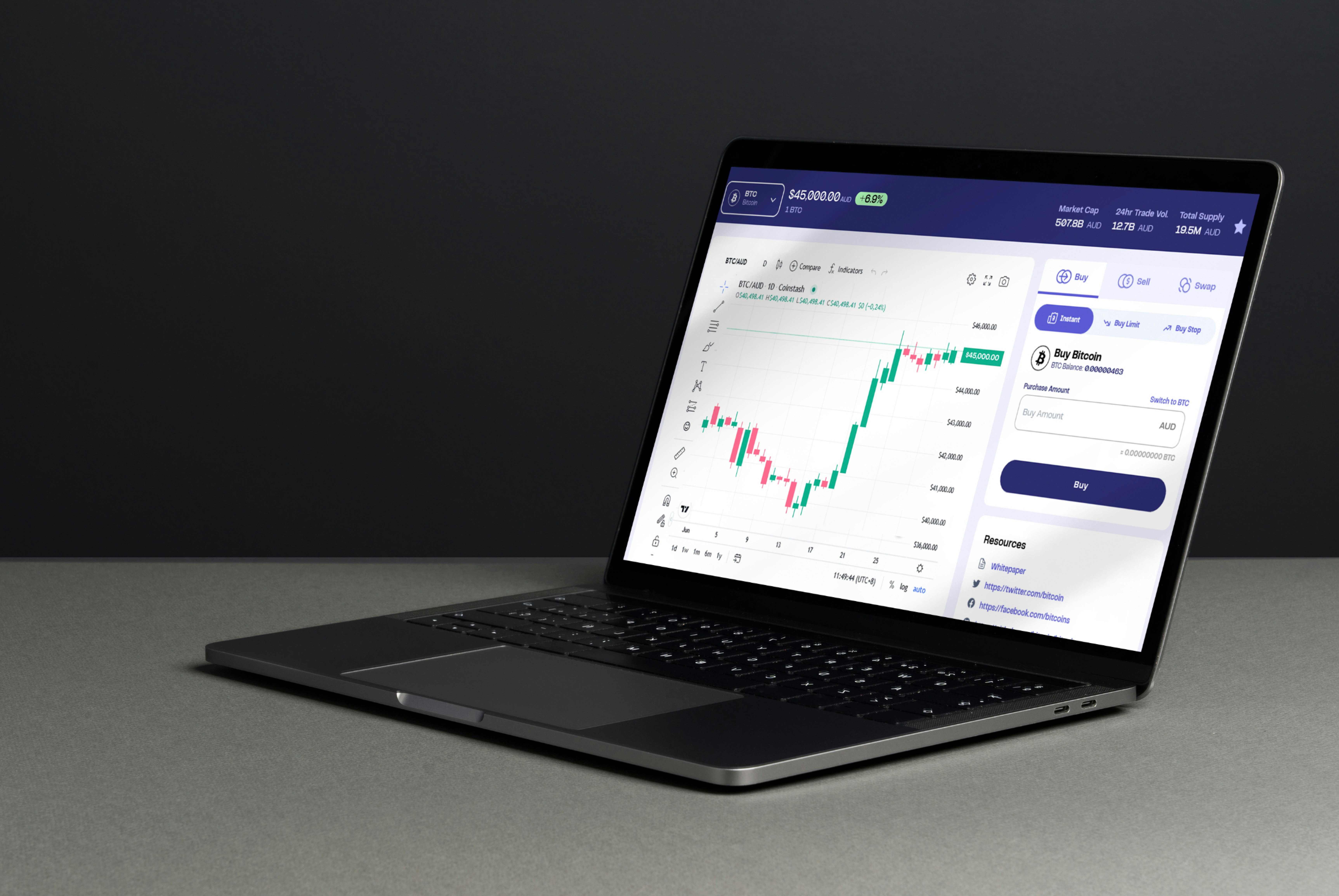Inside the Machine: How Automated Trading Systems Make Decisions in Real-Time
Introduction: The Shift from Human Instinct to Algorithmic Logic
Not long ago, trading was all about fast reactions, instinct, and gut feeling. But that era is fading fast. In today’s markets, the best-performing traders are no longer human — they’re machines. More precisely: automated systems designed to monitor, decide, and execute with precision.
This article takes you inside the mechanics of how modern trading algorithms work, how they adapt in real time, and why retail traders now have access to the same edge that once belonged exclusively to hedge funds and institutional players.
Section 1: The Core Components of an Automated Trading System
Market Monitoring Engine
- Scans hundreds of currency pairs and timeframes simultaneously
- Watches for patterns, breakouts, volatility, and price structure shifts
- Filters out noise using rule-based criteria
Decision-Making Logic
- Uses if/then conditions for entries and exits
- Based on statistical edge, price action, and technical confluence
- Removes hesitation by executing trades instantly when criteria are met
Risk Management Layer
- Calculates lot size per trade based on account size and volatility
- Enforces stop loss, take profit, and risk-to-reward ratio rules
- Prevents overleveraging or emotional revenge trading
Section 2: Real-Time Adaptation: How Automation Reacts to the Market Markets are dynamic—so your system has to be too.
Smart automation reacts by:
- Pausing during high-impact news releases
- Adjusting trade frequency during ranging vs trending periods
- Scaling down or exiting positions when volatility surges unexpectedly
Quasar, for example, actively monitors fundamentals and switches to low-risk behavior around sensitive macroeconomic events. That’s a feature even many fund managers struggle to execute manually.
Section 3: Quasar’s Framework: Strategy Encoded into Software
Unlike many off-the-shelf bots, Quasar doesn’t just run signals—it runs structure.
It’s built on:
- Years of manual trading experience translated into precise automation
- Pre-defined logic for entries, exits, protection, and risk tiering
- Live filtering to avoid low-probability trades
This is not a black box. It’s structured logic with a focus on long-term consistency.
Section 4: Why It Matters for Everyday Traders
Retail traders used to be at a disadvantage. Today, tools like Quasar level the playing field.
Benefits for normal people:
- You don’t need to stare at charts 8 hours a day
- You don’t need to guess or react under pressure
- You don’t need to be a market expert
From students and freelancers to business owners and 9-5 professionals, anyone can now participate in the market with a structured, hands-off strategy.
Conclusion: The Edge Comes from Structure, Not Emotion
Markets are unpredictable. Humans are emotional. That’s a dangerous mix.
The real edge lies in automation:
- Consistent logic
- Real-time execution
- Smart risk protection
When you let machines handle the math and mechanics, you free up your energy to live—without missing opportunities.
Read next: The Future of Trading with Quasar—Why Smart Automation is the Key








